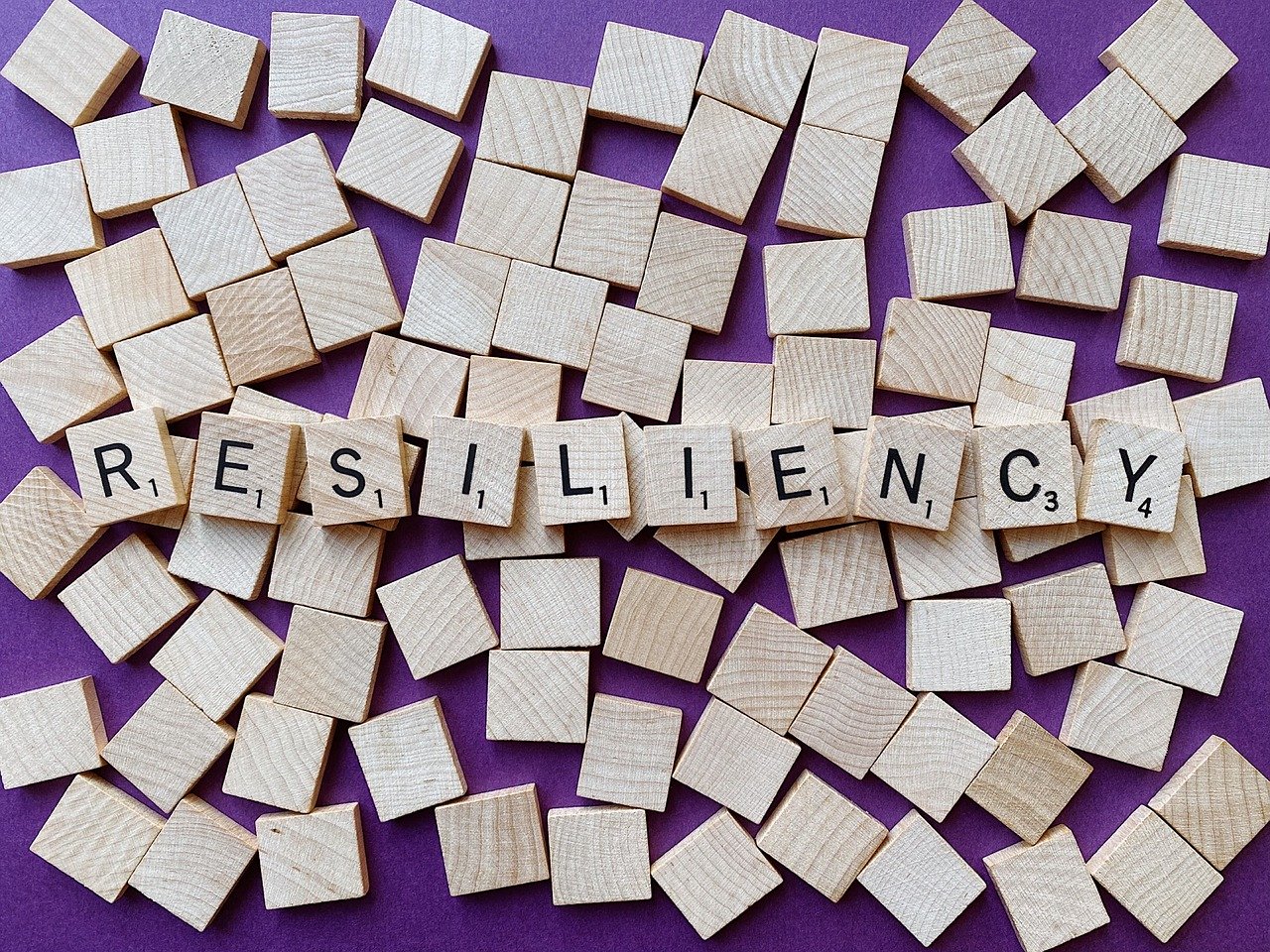Why are we talking about supply chain resilience?
Because for the better part of the last two decades, Supply Chain leaders and practitioners have focused on low-cost supply chains. Whether it was off-shoring to China, consolidating into bigger, more focused factories, or rationalizing the number of suppliers in favor of few, more prominent, more strategic partners, one thing was clear: We needed to reduce costs.
The pandemic has exposed one of the significant weaknesses of many low-cost supply chains: the inability to react to sudden large scale disruptions, especially in health care, life sciences, and the food industries. There are now many calls, starting with the federal government, to re-shore production here at home. This notion is easy to say, but it won’t be easy to execute. For one thing, China has been building its manufacturing infrastructure for the last 40 years. They have an unbeatable foundation propped up by government subsidies, which keeps costs low, that many US manufacturers will not be able to compete with unless the US government intervenes with a set of incentives. For another thing, so many items come exclusively from China, that it will take considerable time and investment to bring production closer to home or transfer to other low-cost Asian countries, such as India, Vietnam, or Indonesia. Are consumers prepared to pay the on-cost?
The best way to ensure a supply chain resilience is to start with an analysis of your most important products. A mapping exercise that begins with what part of your revenue stream do you want to protect by assigning an A, B, C classification? Do you want to protect the A’s and the B’s? Map out the supply chain for those items by tracking all manufacturing plants, all suppliers and distributors, the warehousing and transportation network, and any other logistics element, and put these elements through a stress test. How quickly can your supply chain recover in case of a sudden disruption in any part of your supply chain? The faster your ability to respond, the more resilient you are.
Testing your supply chain’s resiliency allows you to determine the mitigation steps needed to respond and recover in the event of a sudden disruption. Do you have alternative assets or factories to run production? Do you have alternate suppliers or distributors from which to procure materials? Do you have alternate specifications and test methods in place? How quickly can you test and approve alternative materials?
Re-shoring alone is not the answer to better supply chain resilience. In specific industries, particularly pharmaceuticals, 80% of the chemicals used in many drugs come from China or India. To re-shore production will take significant investment and government intervention. What is most important is to have a clear understanding of where the supply chain is vulnerable and start taking mitigating actions. Some actions include having inventory coverage in various stages of work in process near-shore or on-shore, having multiple sources of supply, having equipment, and change parts that can be easily deployed to other production assets or sites.
The key takeaway is to have a clear understanding of where the supply chain is vulnerable and put measures in place to respond in the event of disruption as quickly as possible. Having alternate suppliers and behaving like a customer of choice by protecting vulnerable suppliers will help keep your revenue stream alive and well.

